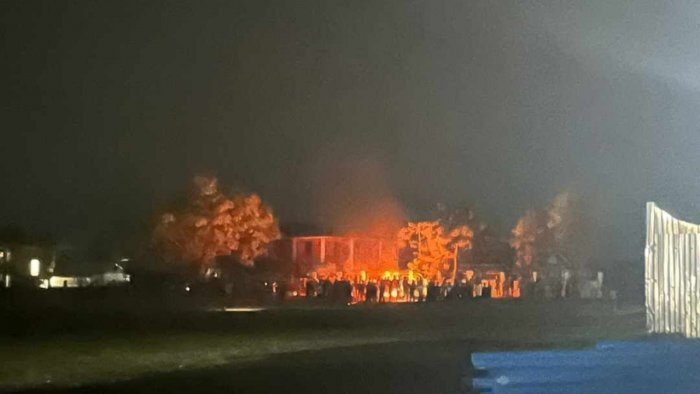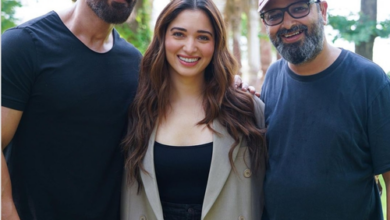
Mobilenews24x7 Bureau
Who is to blame for Manipur unrest, a few tribes or a more unseen and systematic divide?
Many things in the country remained shadowed by an electoral urgency. Be it Manipur or the issue that boils in the cauldron of frustrations our top political echelons have taken the route to Karnataka.
Because Karnataka is more dividend oriented than the pains of the people of Manipur that remains suspended in an animation of disbelief as thousands rendered to nothing.
Are those due to the distance that places the state of North East or the pure ignorance of politicians regarding its history and wrongly focused ethnicity and cultural gravity of the state.
Why this big-Brother syndrome keeps the national capital intoxicated by electoral causes. But the reaping a electoral harvest has remained the priority for the Delhi circle of ‘Neta’ thus marginalizing the states in North East and today Manipur.
Give a healing balm
The contours of the Indian Constitution are so accommodative and allowed a restorative middle ground that ushered in peace. Interestingly, the current Chief Minister of Mizoram is Zoramthanga, the second-in-command to Laldenga, in their insurgent days.
Patience, dignity, and a sense of accommodation for those who had perceived historical injustice and inequity, without weighing the electoral consequences of making peace in the ‘rest of India’, had won the day for Mizoram and India.
That way the roots of disquiet in Manipur can be historic if seen through the prism of calendar. When a Treaty was signed way back in 1949 and that too under pressure that made things topsy-turvy subsequently.
There was an underlying sense of disillusionment owning to the perceived accession that was further fueled by a continuing (even credible) sense of alienation and deprivation amongst most Manipuris, as part of the larger Assam state.
Quite a population of Manipuris considered themselves as second-class citizens and further sparred for the limited resources at their disposal leading to inter-ethnic tensions, hence the Kuki-Naga civil war.
The Indian Armed Forces have undertaken an increasingly arduous task to control insurgents from across the Myanmar border, from within the state itself, and also in intervening between violent face-offs within the multitude of armed ethnic groups who also resort to drug trafficking, smuggling, looting and setting up illegal tolls on highways.
Now without indulging into the history it can be hoped that the Delhi durbar if can see somewhere away from Karnataka that would surely heal the wounds in this mini North East state still singing under unrest.






